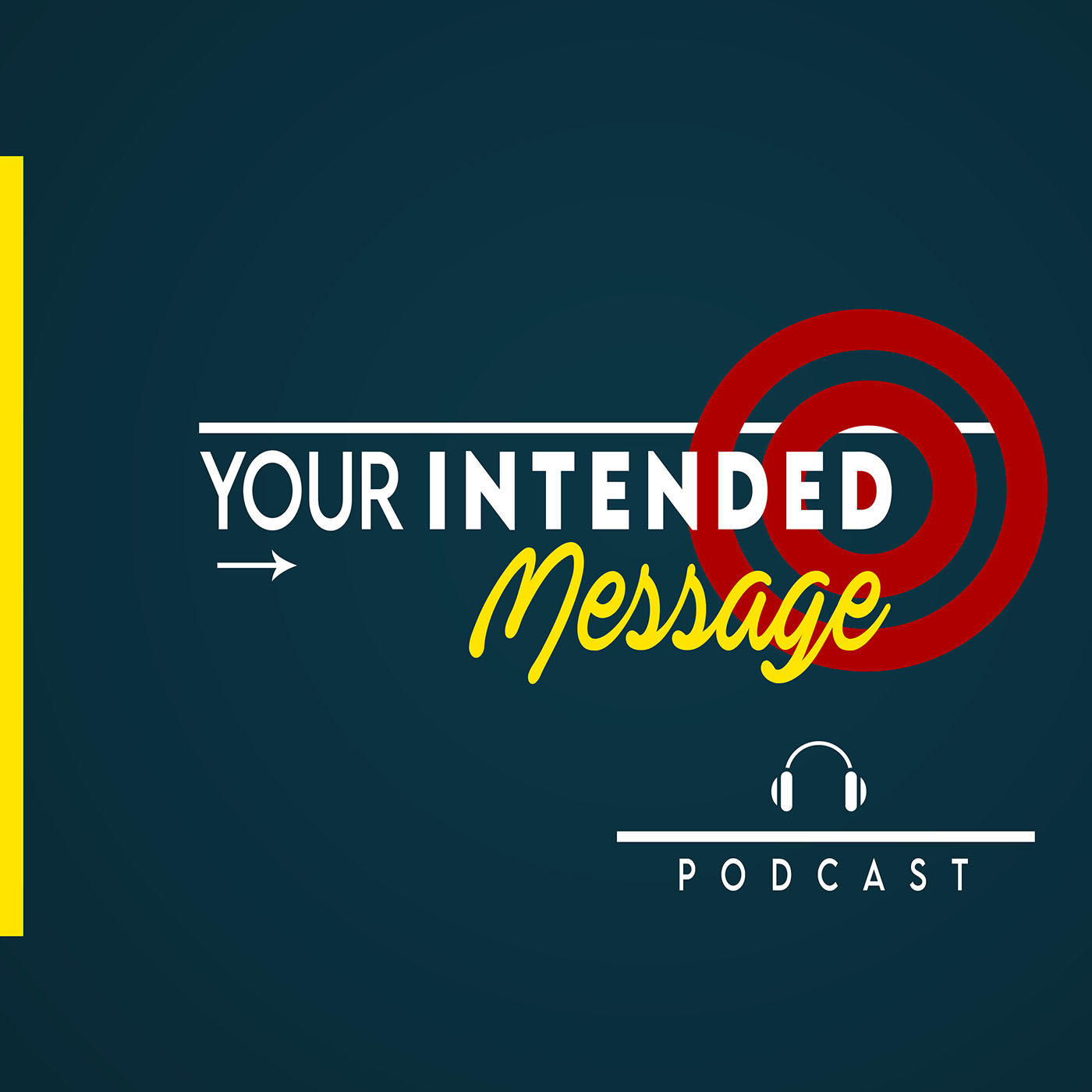
Episode 148 (Ann is based in Toronto, Canada)
In this conversation with Ann Gomez we explore:
About Ann Gomez:
Ann is the founding president of Clear Concept Inc., an international training organization. Her latest book is, Workday Warrior: A proven path to reclaiming your time.
For almost 20 years, Ann and her team have been training the world's busiest people to thrive at work.
Learn more about Ann and Clear Concept Inc, at
Learn more about her books at
https://clearconceptinc.ca/books/
-----
Excerpts from this conversation with Ann Gomez:
03:29
Okay. So the first step is to clarify what is most important, too many people are trying to do too many things. I was one of those people for many years.
So what I hear is people say, Oh, I have too many priorities, I don't have enough time to go around. And and it's true that most people are spreading themselves too thin.
And so this obviously is a conversation you'd want to have with your your team with your leader, to make sure you're all clear on the core priorities. But it's really important to know what your top priorities are and what your future priorities are.
And there's a difference here. There's a ton of great ideas out there. There's no end in sight of things we can spend our time on, we just need to define what are we doing now versus later.
And that later could be a week from now a month from now a year from now, like you decide what's appropriate for you.
But in terms of core priorities, there's a magic number of three, three core priorities.
And this is not discrete tasks. This is project so one of my core priorities is serving clients and that I dedicated about half of my week to serving clients. It's a big category of work.
And I often have many clients on the go all wrap up one project to take on another so it's not like it's one task. There's multiple tasks in that core priority.
Right leaders often have their team as another core priority. Sales and Marketing might have business development activities as part of their core priorities. And this is not just one task. It's a bucket of work. It's a category of work.
But when we think about our work in that way, we start to get more strategic But what we're saying yes to right now. So that's the first thing to be clear on your top priorities.
-----
05:43
So the second step is to combat this not enough time syndrome that so many of us have. And the strategy is to pay yourself first.
So once we know what our core priorities are, then we want to block that time in our calendar before other things get in the way.
So we've heard this concept, pay yourself first with financial resources. Now we're applying that same principle to our time, our limited resource, right? As you said, Can't make more time we get our 24 hours.
So how are we spending it. And so we want to be very proactive about building routines around our core priorities, and then leaving the leftovers for all of those other things.
So for example, protect focus work time, most of us need to have time for independent work that doesn't include email, chats, informal conversations, like independent work, to build a document, edit, and a spreadsheet, whatever that may be.
And so we want that time to be uninterrupted when our alerts are off, minimize email, minimize, chat, whatever it may be, close our door and focus.
-----
----more----
Your host is George Torok
George is a specialist in executive communication skills. That includes conversation and presentation. He’s fascinated by way we communicate and influence behaviors. He delivers training and coaching programs to help leaders and promising professionals deliver the intended message for greater success.
Connect with George
www.SpeechCoachforExecutives.com
https://www.linkedin.com/in/georgetorokpresentations/
https://www.youtube.com/user/presentationskills
https://www.instagram.com/georgetorok/
For weekly tips to improve your presentations visit

 From Rock Bottom to Millionaire: David Price
Communication, Recovery, and Massive Action
Massive Success Requires Massive Act
From Rock Bottom to Millionaire: David Price
Communication, Recovery, and Massive Action
Massive Success Requires Massive Act
 Why Servant Leaders Win: Gary Ridge
The Donkey Leadership Mindset Every Leader Needs
From "I Don't Know: to Great Le
Why Servant Leaders Win: Gary Ridge
The Donkey Leadership Mindset Every Leader Needs
From "I Don't Know: to Great Le
 The Dirty Dozen Words That Destroy Your Message
12 Words and Phrases That Sabotage Your Communication
Communication Tips from Ge
The Dirty Dozen Words That Destroy Your Message
12 Words and Phrases That Sabotage Your Communication
Communication Tips from Ge
 Charisma, Connection & Credibility: Roz Usheroff
Fear, AI & Leadership: How to Stay Human in a Digital World
The Truth About Exec
Charisma, Connection & Credibility: Roz Usheroff
Fear, AI & Leadership: How to Stay Human in a Digital World
The Truth About Exec